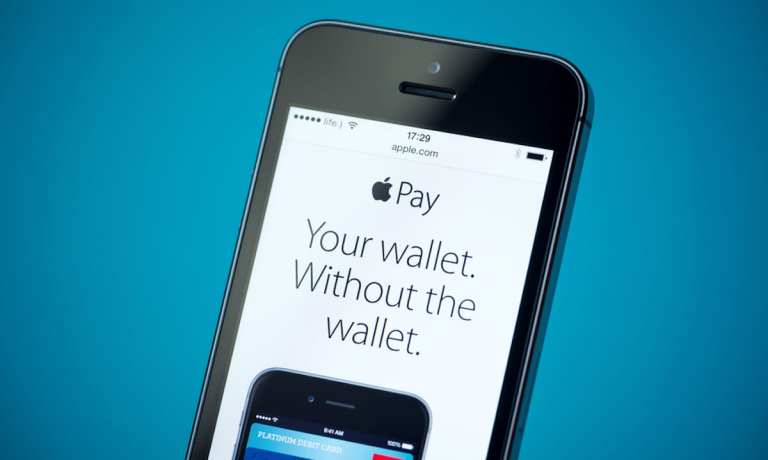
The buy now, pay later (BNPL) landscape is getting ever more crowded.
And now Apple joins the fray. As reported on Wednesday (July 14), the tech giant is working on an Apple Pay “perk” that will let users pay for purchases over time. The effort involves Goldman Sachs as a partner (Goldman, of course, is the financial institution tied to the Apple Card).
There’s at least some precedence here: Apple Pay Later, as the effort is billed, would in some respects mirror the Apple Card program that lets cardholders buy Apple items (such as iPhones) with 0 percent financing if paid for within a 24-month timeframe.
The net seems to be cast a bit wider, as Apple Pay Later members need not wield the card for purchases (though they do have to apply through the Apple Wallet app). The payments for Apple devices would come every two weeks, with no interest — or would be spread across several months, with interest levied.
Apple, then, joins the ranks of Affirm, Afterpay and other companies that seek to give consumers the ability to spread payments out over time. In one recent example, PayPal, through PayPal Australia, debuted PayPal Pay in 4 earlier in the summer, and has recently lowered its minimum purchase requirements. And in an announcement just yesterday (July 13), PROG Holdings — the FinTech holding company for Progressive Leasing — has acquired Four Technologies, which in turn offers Four, a BNPL offering that lets users pay for purchases over four installments.
PYMNTS’ own data points to just how mainstream the BNPL concept has become. Tailoring purchases to one’s own comfort level on finances and cash flow is becoming more widely expected. As reported, a recent edition of PYMNTS’ Buy Now, Pay Later Tracker found that 48 percent of BNPL users will not buy from a merchant if they don’t offer them a BNPL option.
Younger Consumers Flock To BNPL
As for the demographics, 11 percent of millennials reported using a BNPL product as of last September, while 39 percent of millennial consumers who don’t currently use BNPL report that they would like to be able to use it via their digital wallets. It’s important to note the enthusiasm among the younger users, who represent commerce’s future. As noted in that report, too, financial services firm FIS recently found that 21 percent of consumers currently do not own credit cards — up from 14 percent who said the same last year. That paves the way for adopting BNPL. As predicted in that report, as many as 4 percent of all eCommerce transactions will be done by installments by 2024.